The Artist’s Mother
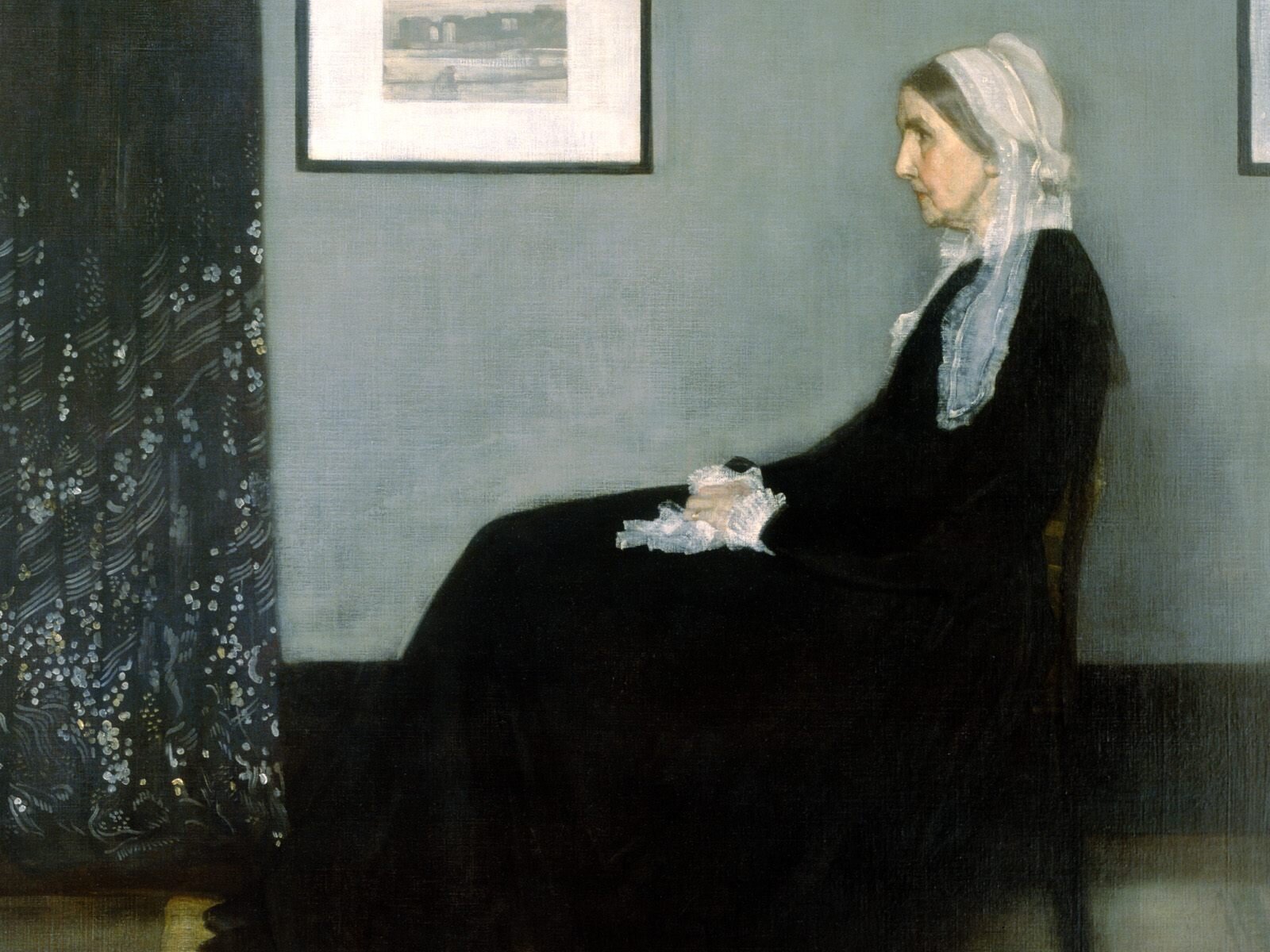
James McNeill Whistler, 1871, Realism, Musée d'Orsay, Paris, FranceWhistler
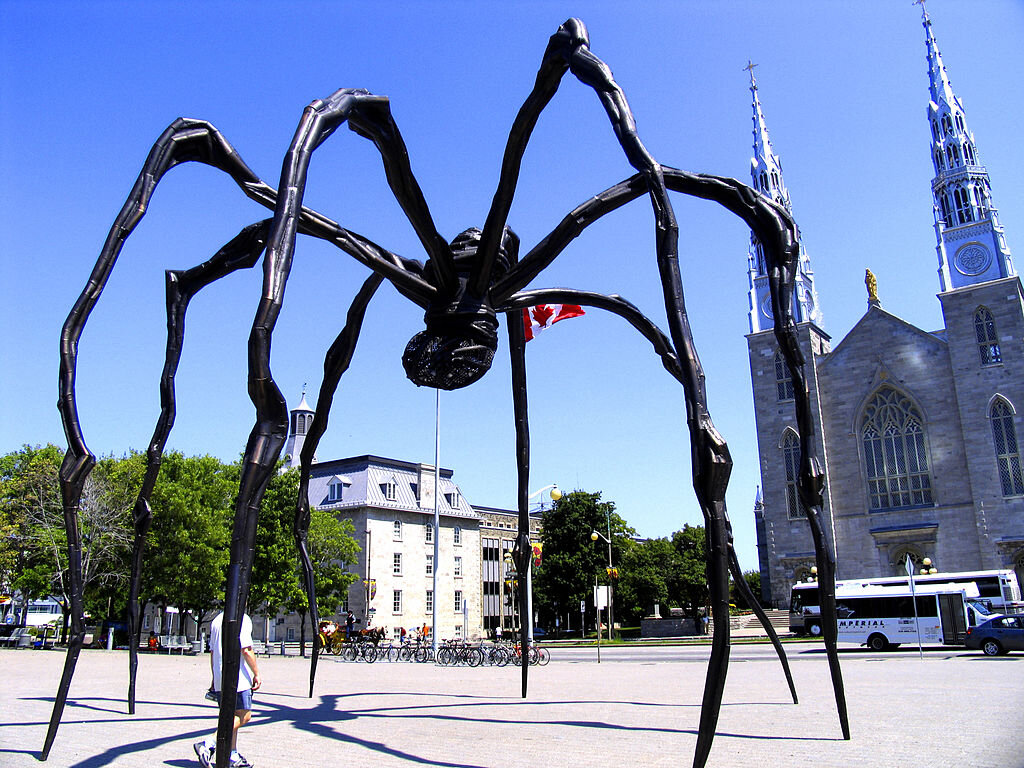
Louise Bourgeois, 1999, bronze, stainless steel, marble: National Gallery of Canada
Maman (1999) is a bronze, stainless steel, and marble sculpture by the artist Louise Bourgeois. The sculpture, which depicts a spider, is among the world's largest, measuring over 30 ft high and over 33 ft wide (927 x 891 x 1024 cm).[1] It includes a sac containing 32 marble eggs and its abdomen and thorax are made of ribbed bronze.
The title is the familiar French word for Mother (akin to Mummy). The sculpture was created in 1999 by Bourgeois as a part of her inaugural commission of The Unilever Series (2000), in the Turbine Hall at London's Tate Modern. This original was created in steel, with an edition of six subsequent castings in bronze.
The sculpture picks up the theme of the arachnid that Bourgeois had first contemplated in a small ink and charcoal drawing in 1947, continuing with her 1996 sculpture Spider.
It alludes to the strength of Bourgeois' mother, with metaphors of spinning, weaving, nurture and protection. Her mother, Josephine, was a woman who repaired tapestries in her father's textile restoration workshop in Paris.[3] When Bourgeois was twenty-one, she lost her mother to an unknown illness. A few days after her mother's passing, in front of her father (who did not seem to take his daughter's despair seriously), Louise threw herself into the Bièvre River; he swam to her rescue.
“The Spider is an ode to my mother. She was my best friend. Like a spider, my mother was a weaver. My family was in the business of tapestry restoration, and my mother was in charge of the workshop. Like spiders, my mother was very clever. Spiders are friendly presences that eat mosquitoes. We know that mosquitoes spread diseases and are therefore unwanted. So, spiders are helpful and protective, just like my mother.” — Louise Bourgeois[4]

Rembrandt, 1628
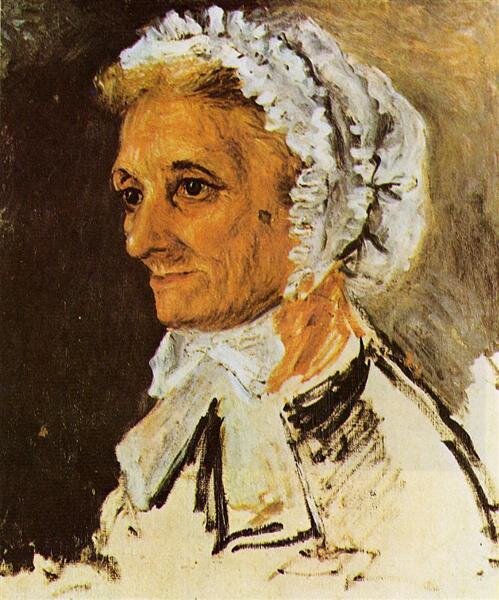
Pierre-Auguste Renoir
1860
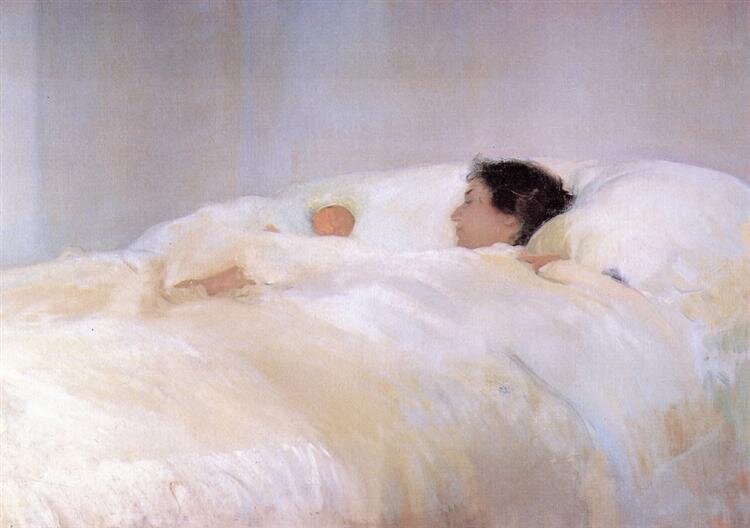
Joaquín Sorolla
1895
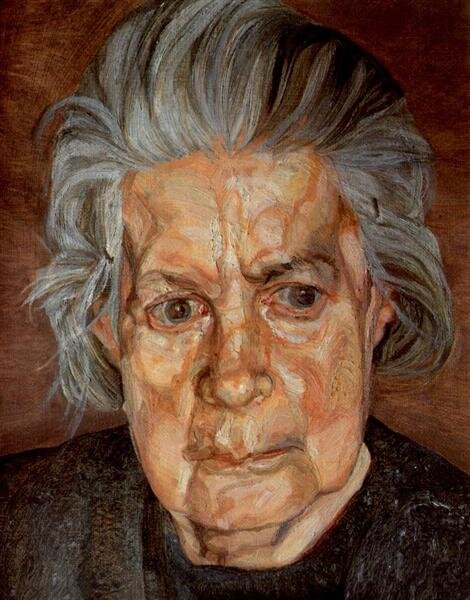
Lucian Freud, 1972

Albrecht Durer, 1514, Kupferstichkabinett Berlin, Berlin, Germany
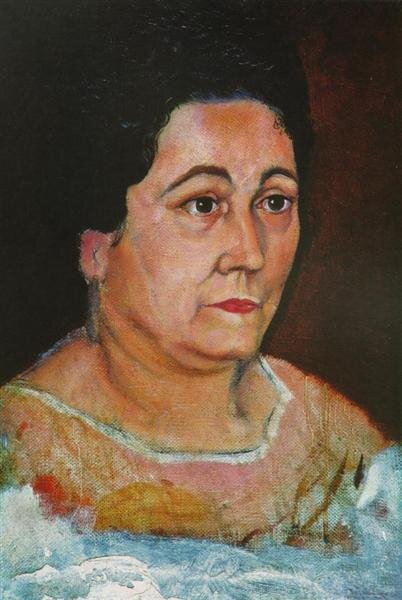
Salvador Dali, 1920
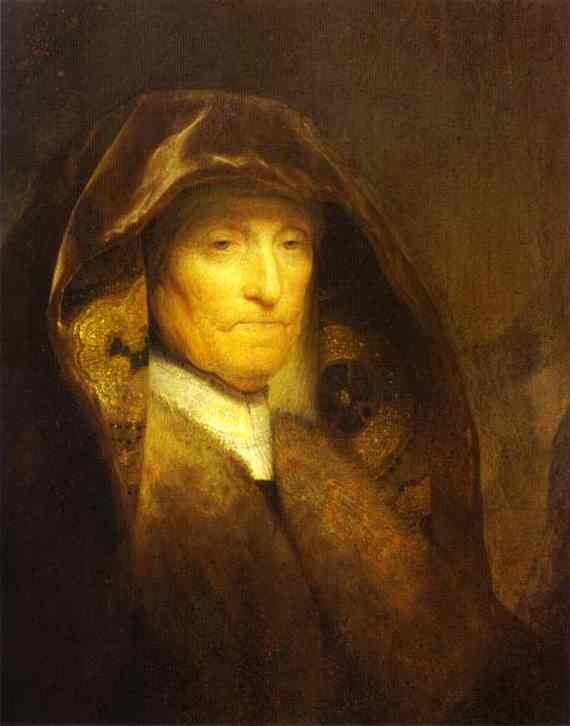
Rembrandt, 1629 - 1631, Royal Collection (Buckingham Palace), London, UK
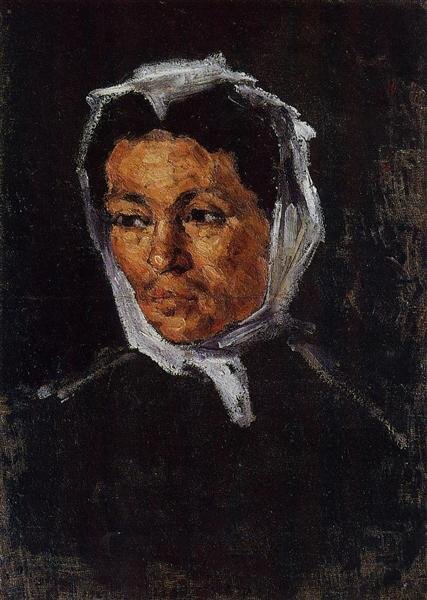
Paul Cezanne, 1867
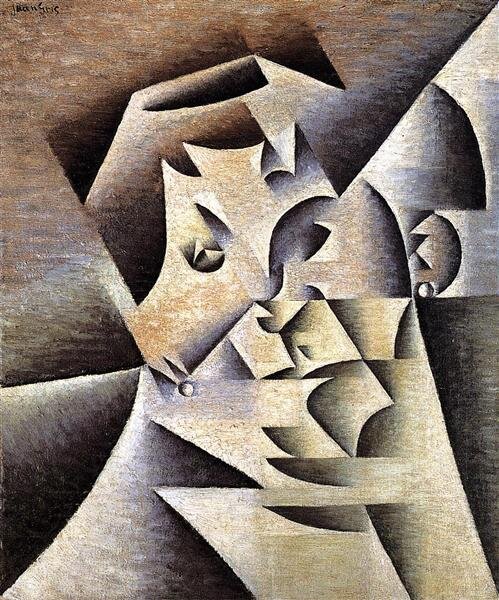
Juan Gris, 1912
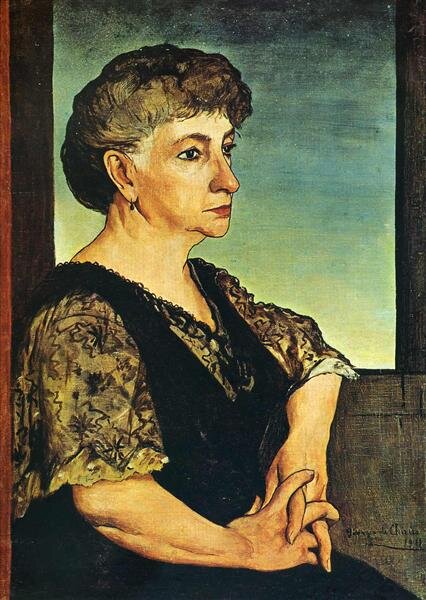
Giorgio de Chirico, 1911
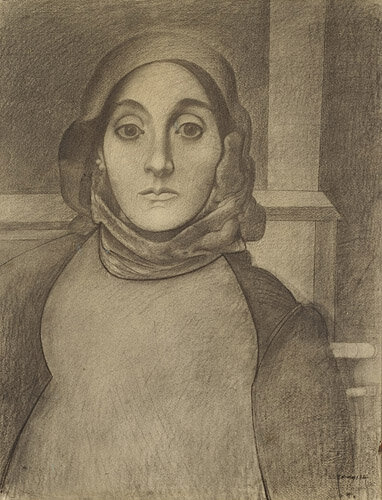
Arshile Gorky, c.1936, Art Institute of Chicago, Chicago, IL, US
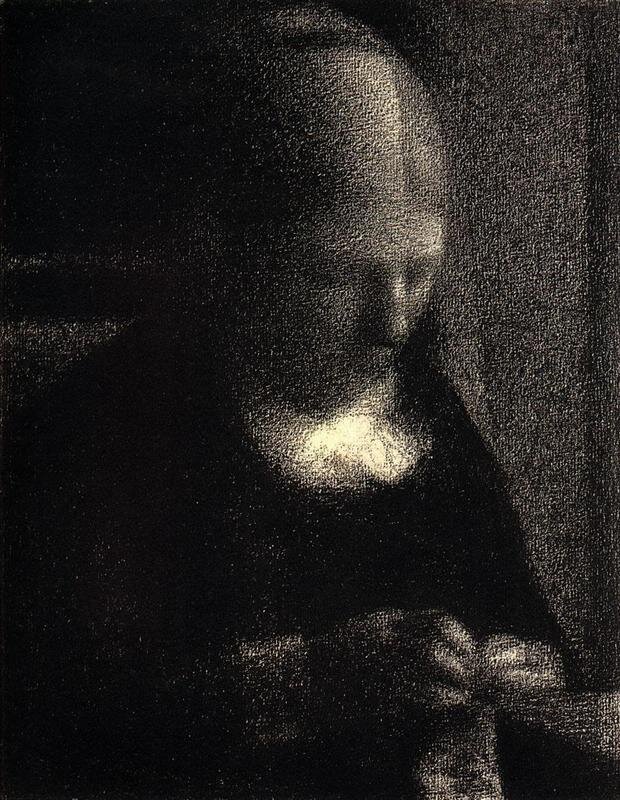
Georges Seurat, 1882-1883
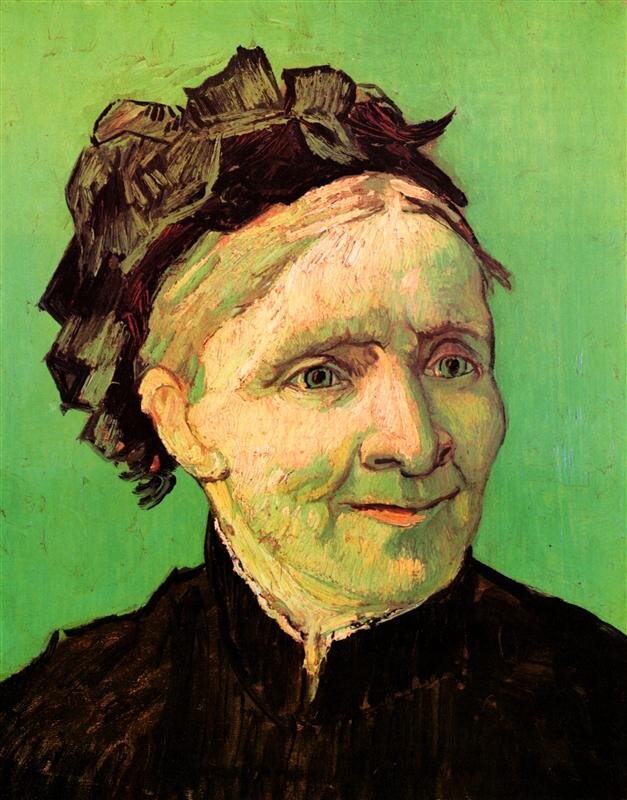
Vincent van Gogh, 1888; Arles, Bouches-du-Rhône, Netherlands
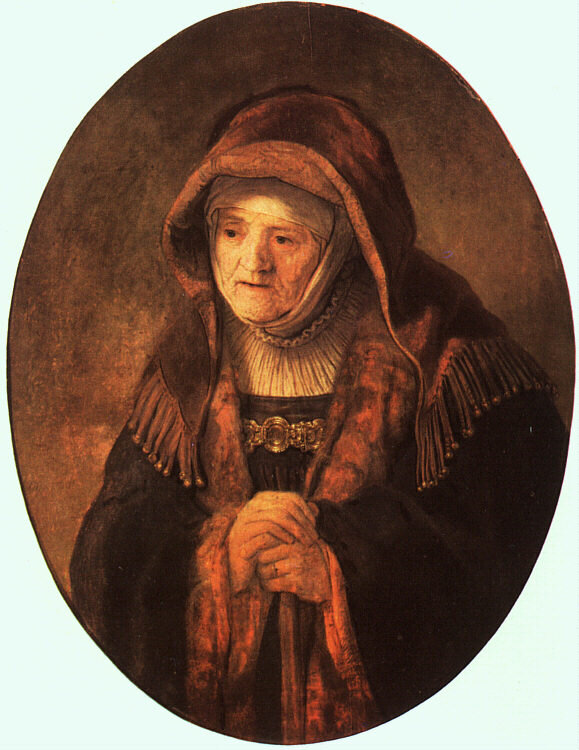
Rembrandt, 1639
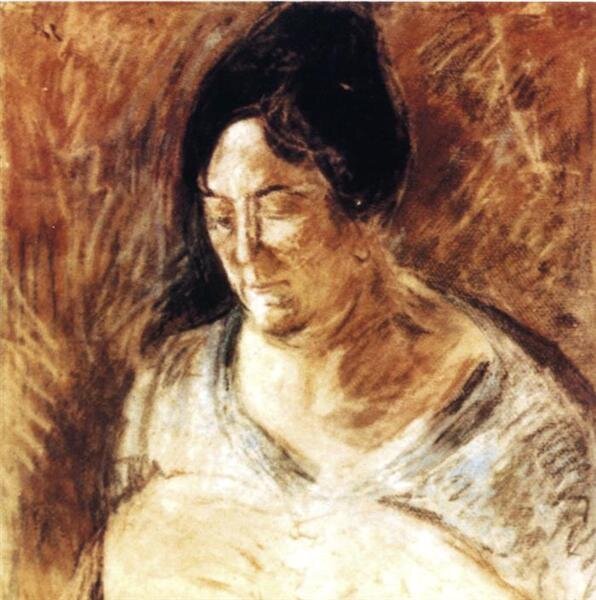
Salvador Dali, 1920
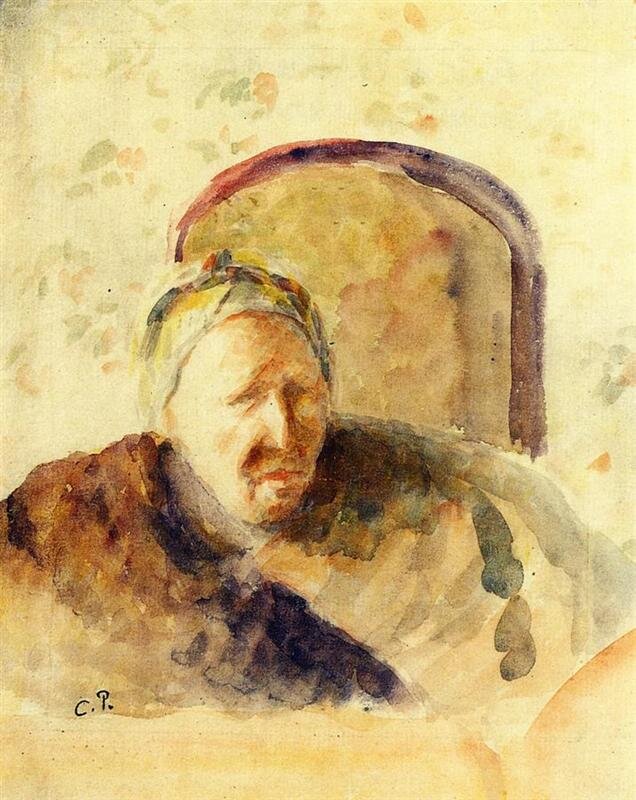
Camille Pissarro, 1888
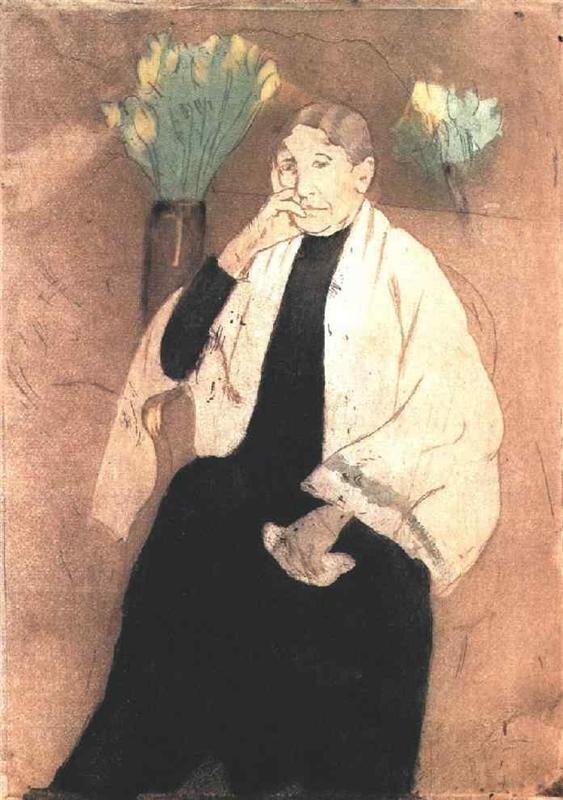
Mary Cassatt, 1889-1890
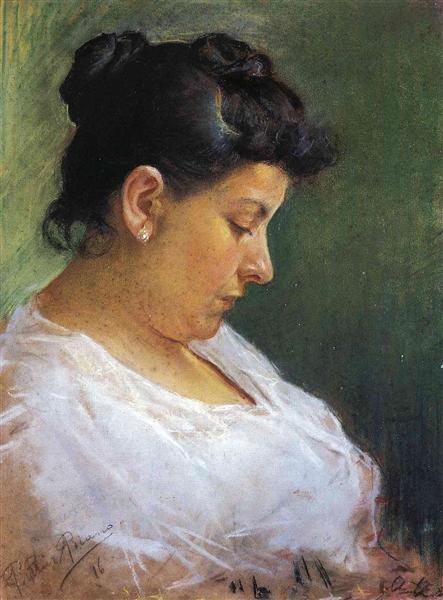
Pablo Picasso, 1896
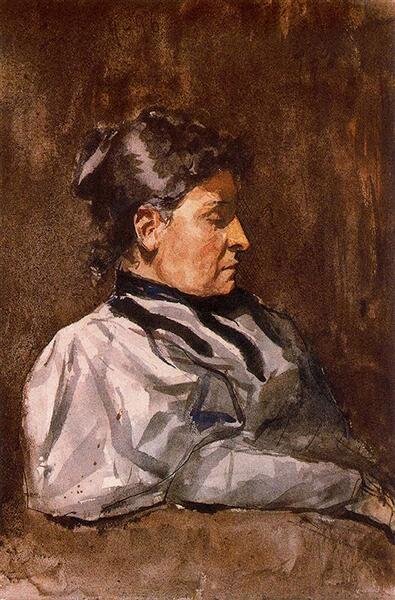
Pablo Picasso, 1896
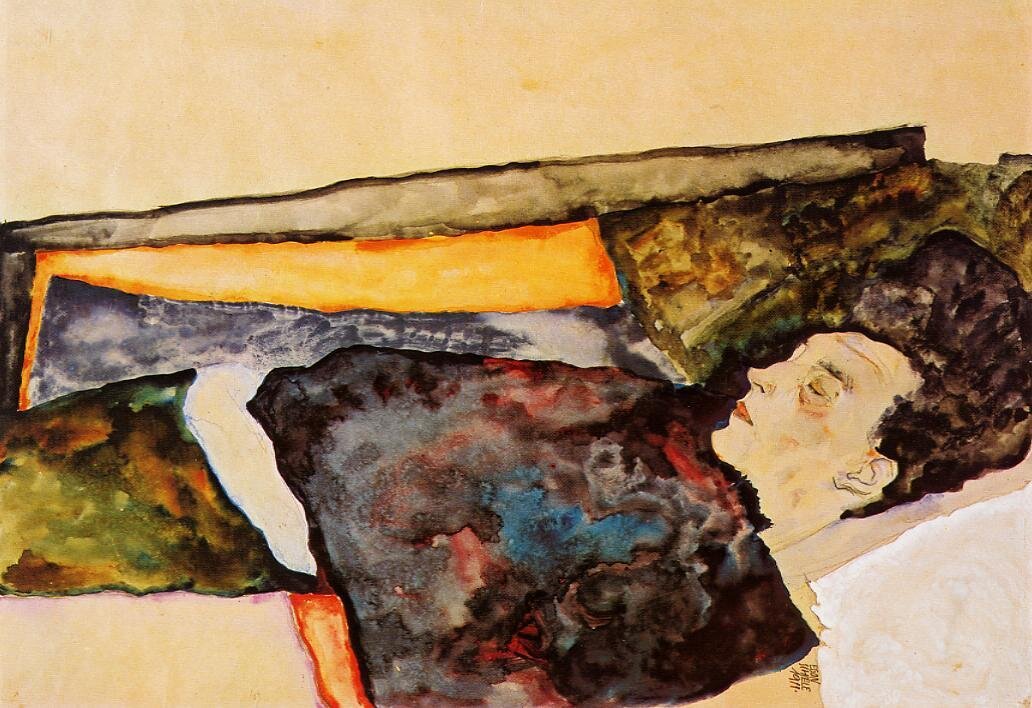
Egon Schiele, 1911, Albertina, Vienna, Austria
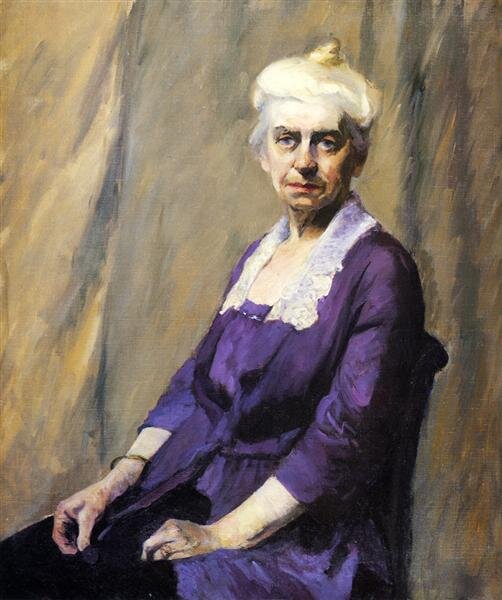
Edward Hopper, 1915-1916
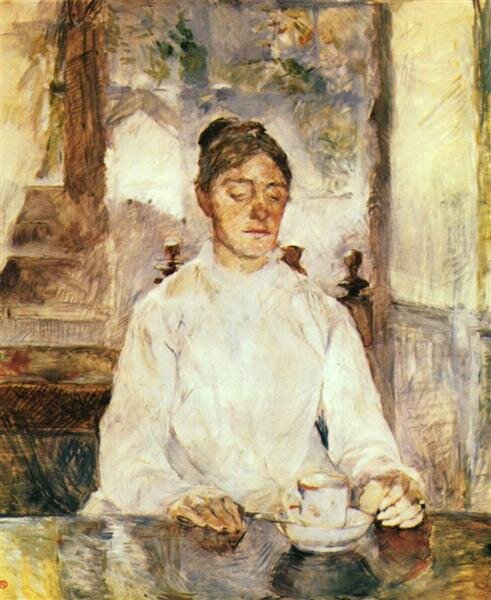
Henri de Toulouse-Lautrec, 1881-1883, Musee Toulouse-Lautrec, Albi, France
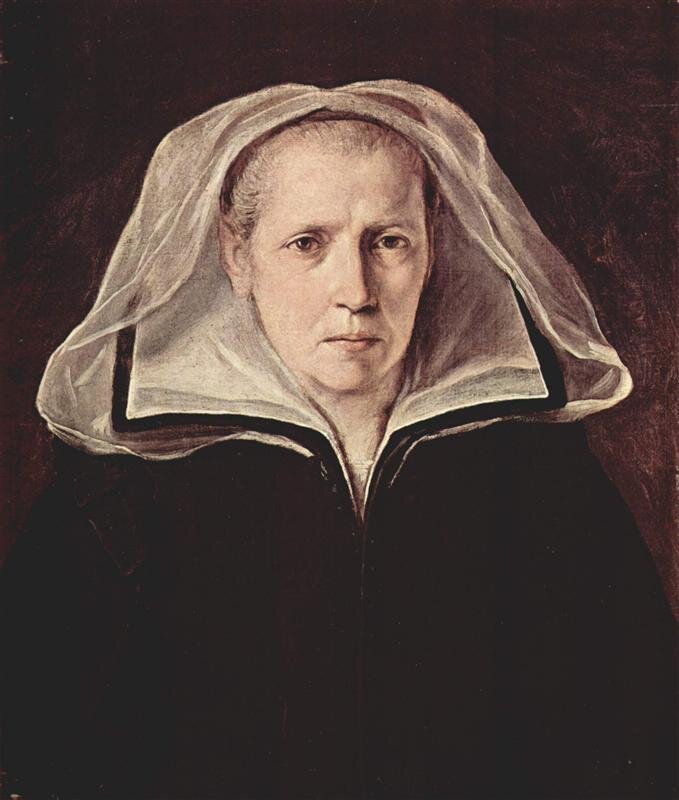
Guido Reni, c.1632
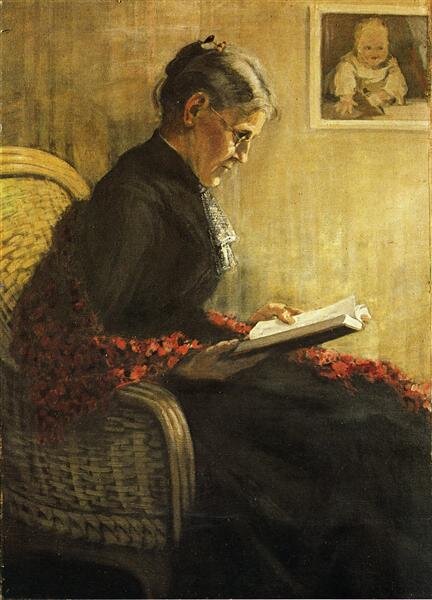
Franz Marc, 1902
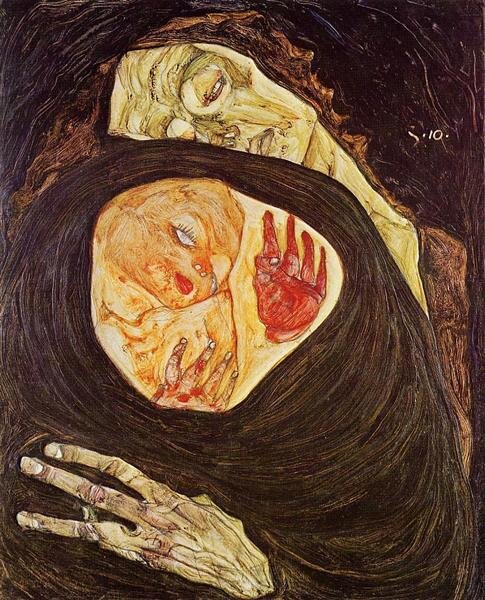
Egon Schiele, 1910, Czech Republic
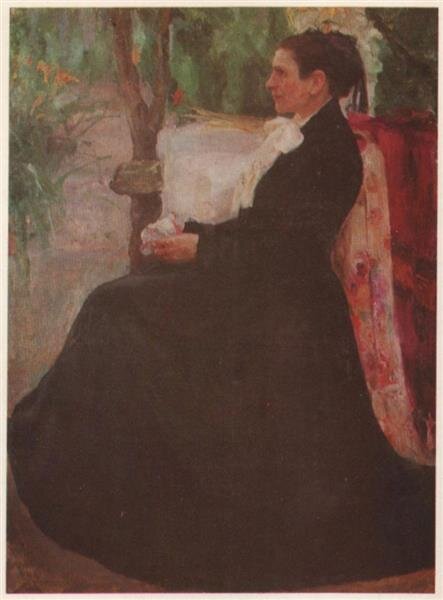
Fedir Krychevsky, 1904
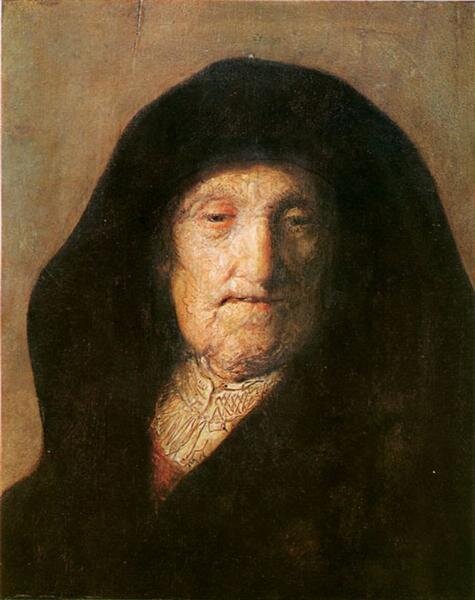
Rembrandt, c.1630, Baroque
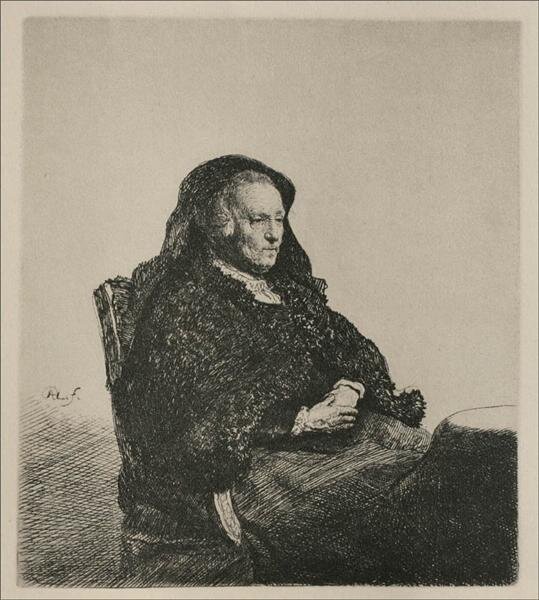
Rembrandt, 1631, Baroque
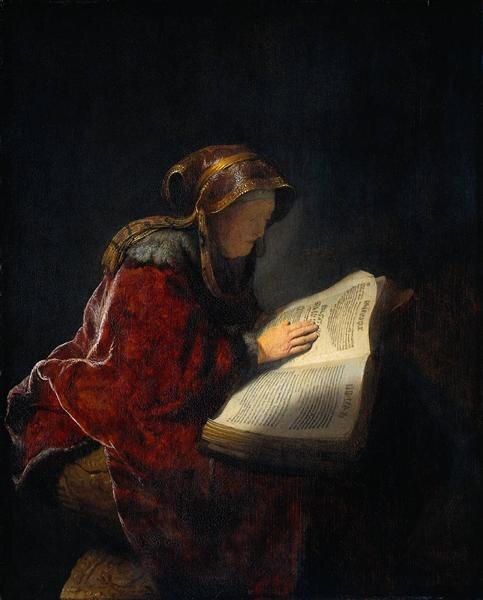
Rembrandt, 1631, Baroque
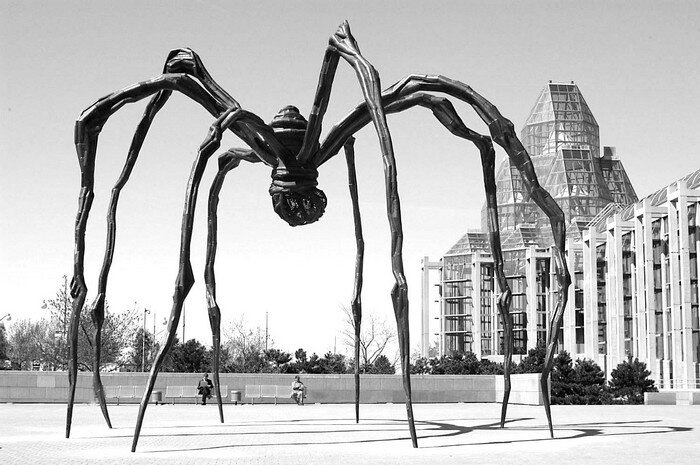
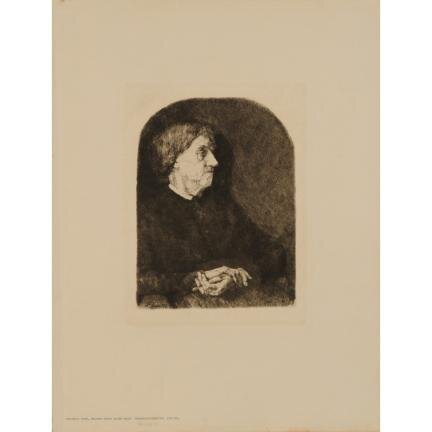
Wilhelm LEIBL, 1874, Gift of George Wallace, McMaster Museum of Art
Dimensions: Plate: 21 x 16 cm (8 1/4 x 6 5/16 in.) Support: 37.1 x 28.5 cm (14 5/8 x 11 1/4 in.)
Medium: Etching on Arches paper

































It’s fun to see how many artists depicted their mothers — recognizing that this one woman of their lives is vital, important and irreplaceable.